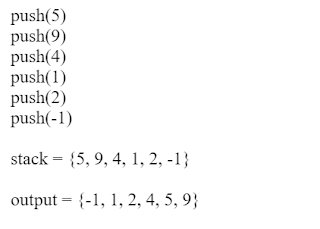Partial Dependency
In Setter Injection, partial dependency is possible, means if we have 4 dependencies as mentioned below,Then it is not necessary to inject all values if we are using setter injection.
But in Constructor Injection, partial dependency is not possible because we are calling the constructor of that class.
Overriding
Constructor Injection can not override the setter injected properties but Setter injection can override the constructor injected properties.
Changes
Setter injection makes bean class object as mutable but constructor injection makes bean class object as immutable.
Number of dependencies
If we have dependencies for example 17 in our bean class then, in this case setter injection is not recommended as we need to write almost 17 setters right, bean length will increase.In this case, Constructor injection is highly recommended, as we can inject all the dependencies with in 3 to 4 lines by calling one constructor.












